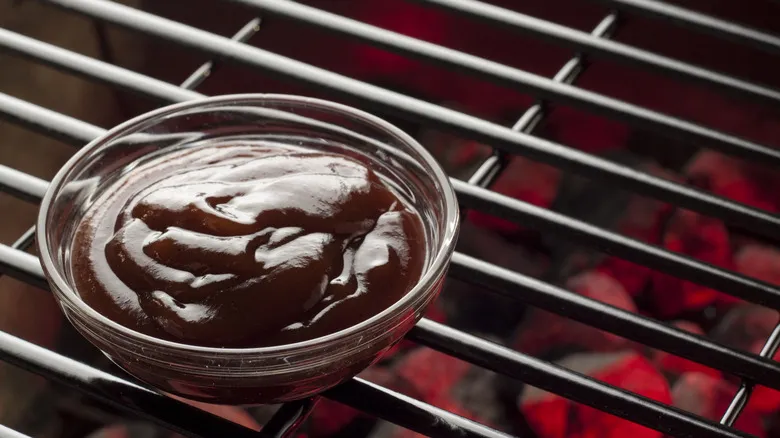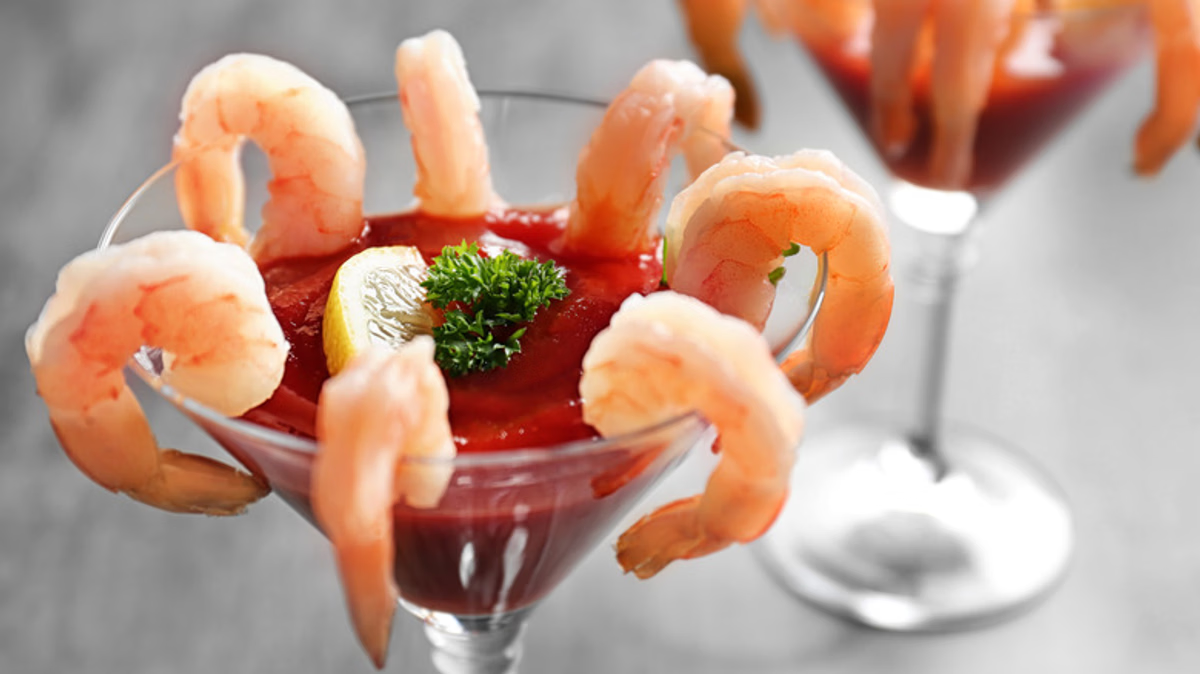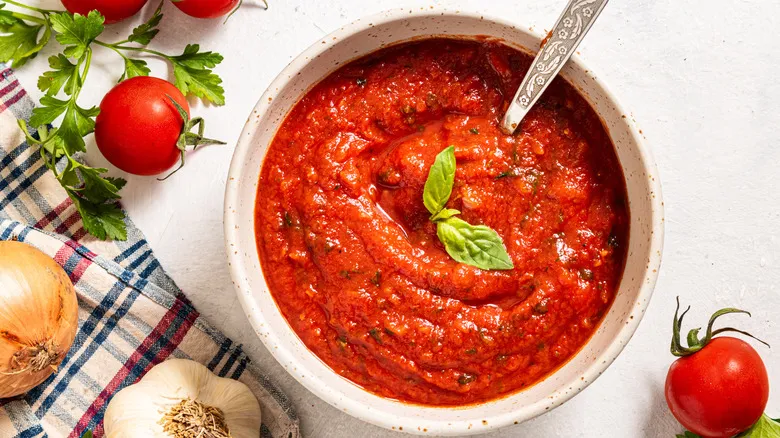How barbecue sauce evolved around the country
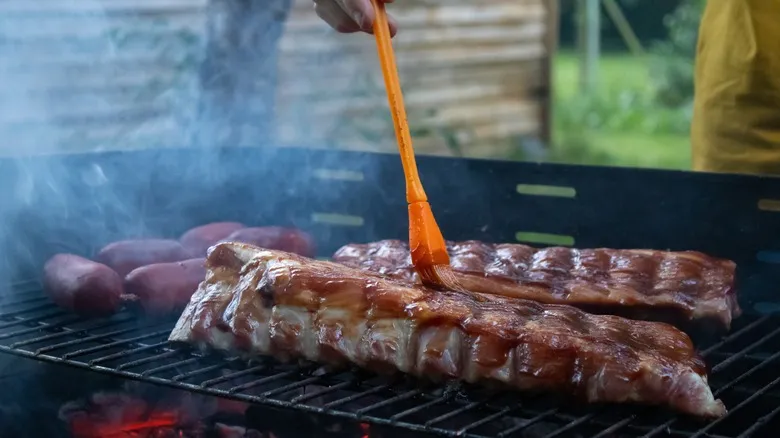
Lime juice and pepper marked the inception of barbecue sauce. Over time, this practice made its way to the Southern United States, but a challenge arose: limes were not easily accessible in the South, leading people to substitute vinegar instead. By the mid-1800s, a mixture of butter, vinegar, and pepper was being used on barbecue. This sauce was brushed onto the meat during cooking, with any leftovers served as a condiment. Up until this point, American barbecue had not been divided into distinct regional styles; everyone generally followed a similar approach. However, this changed after the Civil War, and by the early 20th century, barbecue sauce had become as varied as the nation itself.
Some regional barbecue sauce styles remain true to the original, tangy versions. A prime example is North Carolina-style barbecue sauce, known for its thin texture and pronounced vinegar flavor. In contrast, the thick, tomato-based sauce that many associate with barbecue today is Kansas City-style, created in 1908 by chef Henry Perry. Most commercially available barbecue sauces tend to be on the sweeter side, but the earliest barbecue sauces were primarily made with lime juice or vinegar for a reason: acidity balances the rich fattiness of the meat. If you can't find regional sauces like the North Carolina variety, consider adding vinegar to bottled barbecue sauce to bring it closer to its original form.
Recommended

For Superior Grilled Asparagus, Try Skewering Them

What Are Fish Grilling Baskets And When Should You Use One?
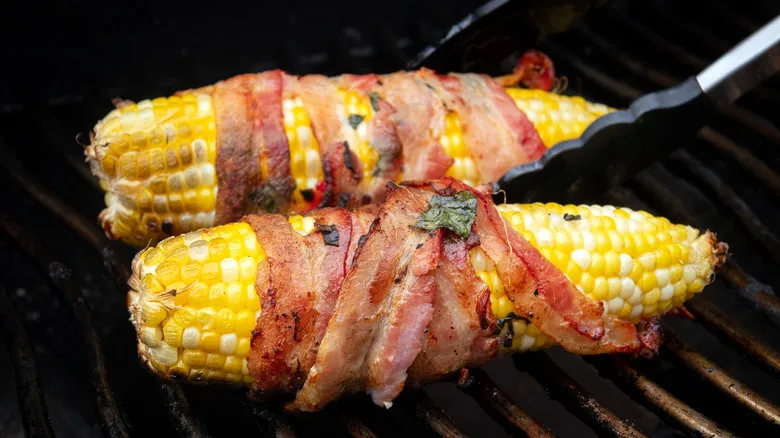
Bacon Is Your Secret For The Best Grilled Corn On The Cob Ever

The Countertop Solution To Cook A Whole Chicken Without Ever Turning On The Oven
Next up

